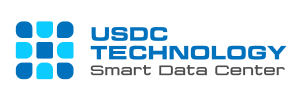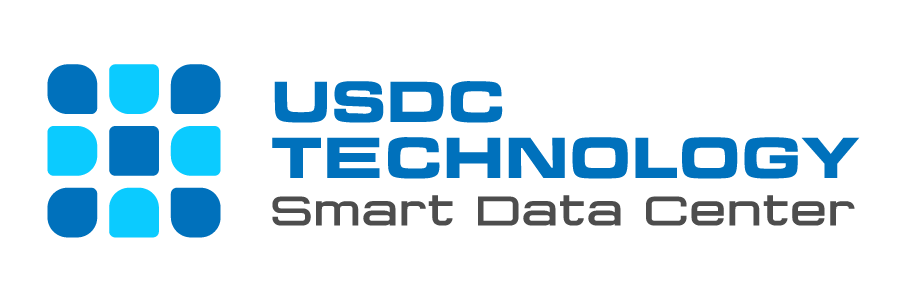Autonomous driving networks and automation are creating unprecedented efficiency and a seemingly insatiable demand for data. This phenomenon has been exacerbated by the COVID-19 pandemic, which has accelerated the push for digitalization, especially in industry.
Data centers are an inseparable part of our digital-first consumer and industry life. But it comes at a cost: High energy consumption and carbon emissions in an industry that is seeing an explosion of high-density and large-scale development cannot be sustained and new, energy-efficient solutions are essential. If we hope to keep up with demand, we need to shift to greener data centers and we need to do it now.
Growth predictions

In Asia, top markets for data centers include Singapore, Hong Kong, Sydney, Seoul, and Tokyo with a current 1.3 gigawatts under construction in APAC and 100-megawatt campuses becoming common. Singapore was ranked first based on criteria such as market size, fiber connectivity, cloud availability, and the country’s ‘pro-business policies’. However, high carbon emissions and power consumption has resulted in strict policy measures in some countries regarding new data centers. For example in China, both Beijing and Shanghai have prohibited new data center projects with new projects now situated in northern and western parts of the country.
Most nations have already developed their own vision of what a digital economy looks like. Cloud computing, big data, and AI are being adopted as a core part of digital transformation for businesses and governments and data storage is needed more than ever. The Uptime Institute 2021 Data Center Industry Survey Results explains that since 2014, the power usage effectiveness (PUE) ratio of large data centers around the world (determined by calculating the ratio of the energy used as a whole as compared with the energy used by just the IT equipment alone) which should be 1.0 or below has remained around 1.6 for seven consecutive years. Put simply, these data centers use more energy and cost more money to run than it should.
With global commitments to achieve zero carbon by 2030, low carbonization of data centers may seem inevitable. However, the challenge is how to achieve this. There are four core trends for the future direction of data centers:
Low-carbon and sustainable: The benefits of data centers to society must include sustainability and energy efficiency. This will include the large-scale application of clean energy, the development of carbon-reduction technologies such as PV and energy storage, and how the entire life-cycle of a product including recovering waste heat and recovery of materials managed.
Simplified: Hardware convergence has become is enabling simplified architecture using prefabricated buildings and modular equipment rooms, simplified power supplies removing physical connections to simplified cooling and heating systems. Using this approach drastically cuts the delivery time down. A data center with 1,000 racks can be delivered in as little as six to nine months, down from a wait time of at least 18 months.
Autonomous driving: Removing people from O&M creates a safer environment and enhances inspection speeds. Other benefits will include energy optimization such as smart cooling; scheduling of green power, energy storage, and backup power.
Secure and reliable: Secure by design, data centers can minimize disruption via the adoption of AI predictive maintenance.
Reducing carbon emissions is essential for the industry and an area in which innovation focuses on converging software and hardware as well as cross-product-domain collaboration. With our digital transformation and our digital-first lives, low-carbon is not just an industry imperative but essential for our green future.
———————
About Huawei
Huawei is an independent, privately-held company that provides Information and Communications Technology (ICT). It has nearly 194,000 employees, and operates in more than 170 countries and regions, serving more than three billion people around the world. With integrated solutions across four key domains — telecom networks, Information Technology (IT), smart devices, and cloud services — Huawei is committed to bringing digital to every person, home, and organization for a fully connected, intelligent world.
———————
About USDC Technology
Universal Smart Data Center Technology was established by people with a broad vision of Information and Communication Technology. They are a professional and leading company in technology construction for Smart Data Center services in Vietnam and the region. Its commitment to taking total ownership of projects has resulted in an enviable client portfolio, featuring some of the most renowned brands. Its mission is to deliver society the most optimal products and services by applying the latest technologies.
———————
USDC Technology Data Center
Launched on 11/2020 – USDC Technology Data Center was built on class Tier III. Located on Sai Gon Hitech Park, District 9, Ho Chi Minh City, Vietnam (so-called Vietnam’s Silicon Valley). The data center is an available connection with all large networks, locate in a strategic site to cover the East of Ho Chi Minh city. Our world-class data centers provide full-scale services. At USDC Technology, nothing is of greater importance to us than keeping your applications online and your data secure.
———————
News Contact:
Universal Smart Data Center Technology
Phone: (+84) 28 73080708
Email: info@usdc.vn


